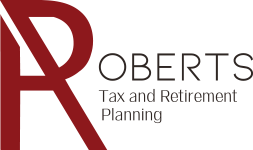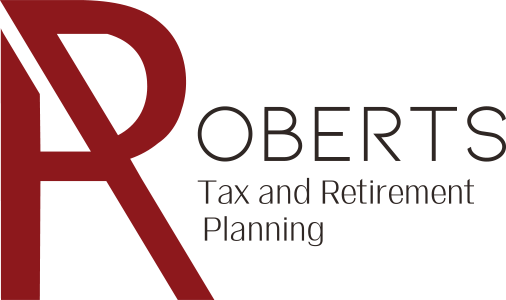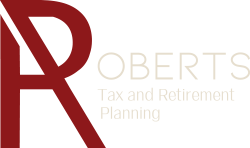Accumulating wealth is a relatively straightforward process – spend less than you earn and put the difference in long-term investments. The difficulty comes from drawing down the money in a way that supports your life goals, minimizes taxes, and benefits any heirs.
The Standard Draw Down Sequence
Conventional advice suggests drawing money from accounts in the following sequence; after-tax accounts, conventional IRA and 401K accounts, Roth protected accounts. The principle behind this sequence is to delay and avoid taxes to the greatest extent possible. While this is good basic advice, it may not be an optimal approach to draw-down.
Specific circumstances can make changes to this sequence advantageous, depending on the circumstances and goals of retirees. Here are two examples.
Avoiding Taxes from RMDs
Traditional IRA, 401ks, and Roth 401k accounts are subjected to Required Minimum Distributions starting at 70 ½. These funds will be taxed at ordinary income rates. For individuals with very high balances, it may make sense to draw down these accounts earlier.
Doing so can result in a lower lifetime tax bill because small amounts are taxed when the retiree has a lower income. Waiting for an RMD could put a portion of the withdrawal at a higher tax rate.
An important note is that Roth 401k accounts are subject to RMD requirements. They should be converted to Roth IRAs before 70 ½.
Stepped-Up Basis
The conventional drawdown sequence calls for after-tax dollars being used first. However, after-tax investments have a unique advantage in the stepped-up basis rule. In brief, this rule changes the basis for calculating capital gains taxes from the price at the original purchase date to the price upon inheritance.
From a family view, it is likely that the lowest possible taxes paid on an after-tax asset will be paid if it is passed to an heir. This strategy effectively wipes out decades of appreciation from the tax man’s aim.
Total Picture
There are other complications in determining the optimal draw-down sequence, including maximizing the total benefit from Social Security and keeping Medicare prices as low as possible. Unfortunately, these factors can individually point in a different direction, making a simple draw-down rule impossible. In practice, the best draw-down may call for a little from each type of asset at different times. It just depends. See our website for more information or contact us for help on creating a specific plan for your situation and goals.








